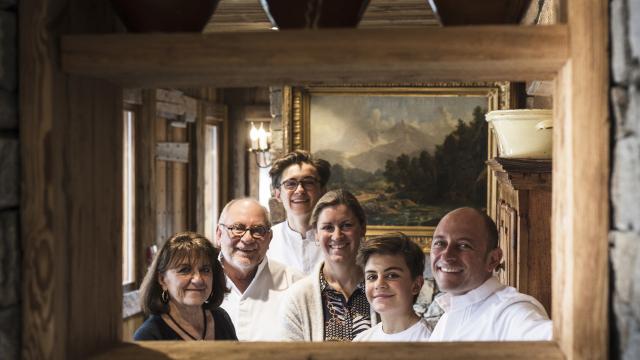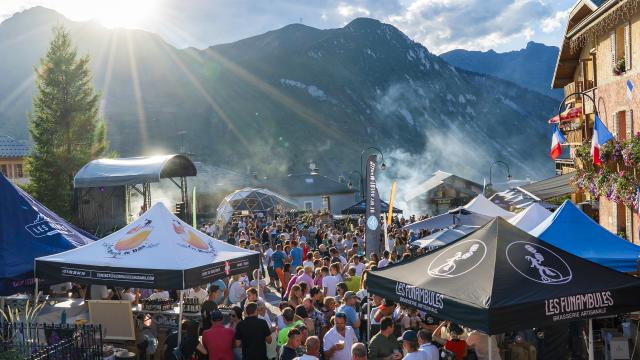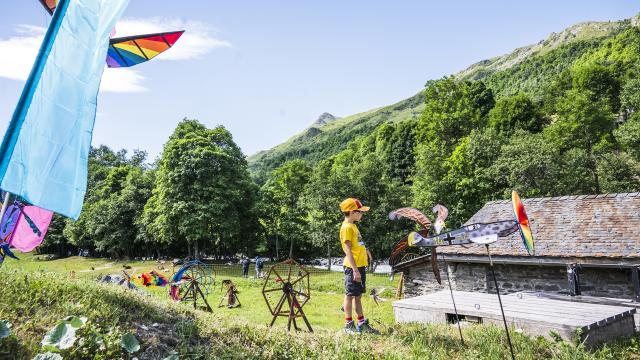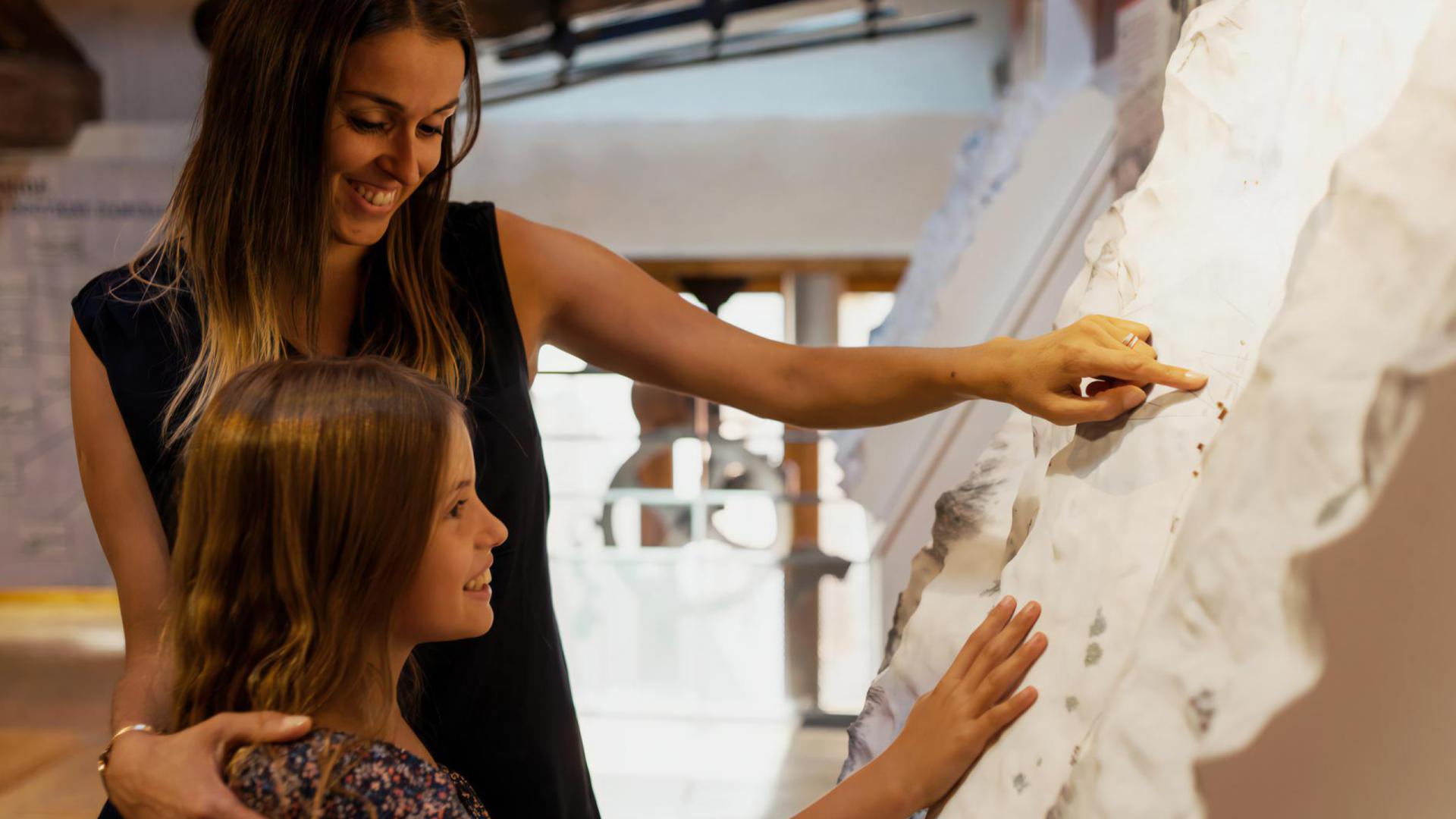 D. André
D. André
Saint-Martin-de-Belleville museum - a fascinating insight into the history of the valley
31-03-2023 in HeritageLocated in the heart of the village, Saint-Martin-de-Belleville museum tells the story of life in the village in the past and the development of winter sports and the resorts. Find out more about the Belleville Valley in another way through objects, activities and presentations...
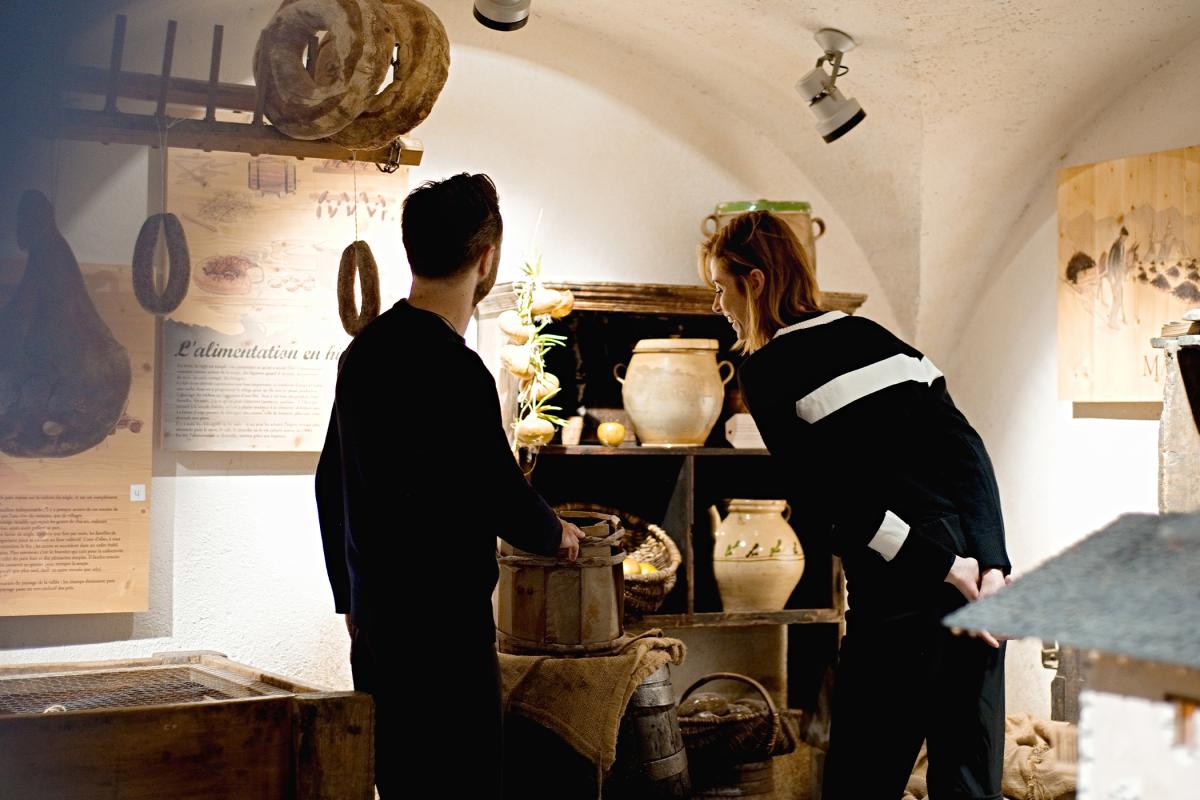 D. André
D. André
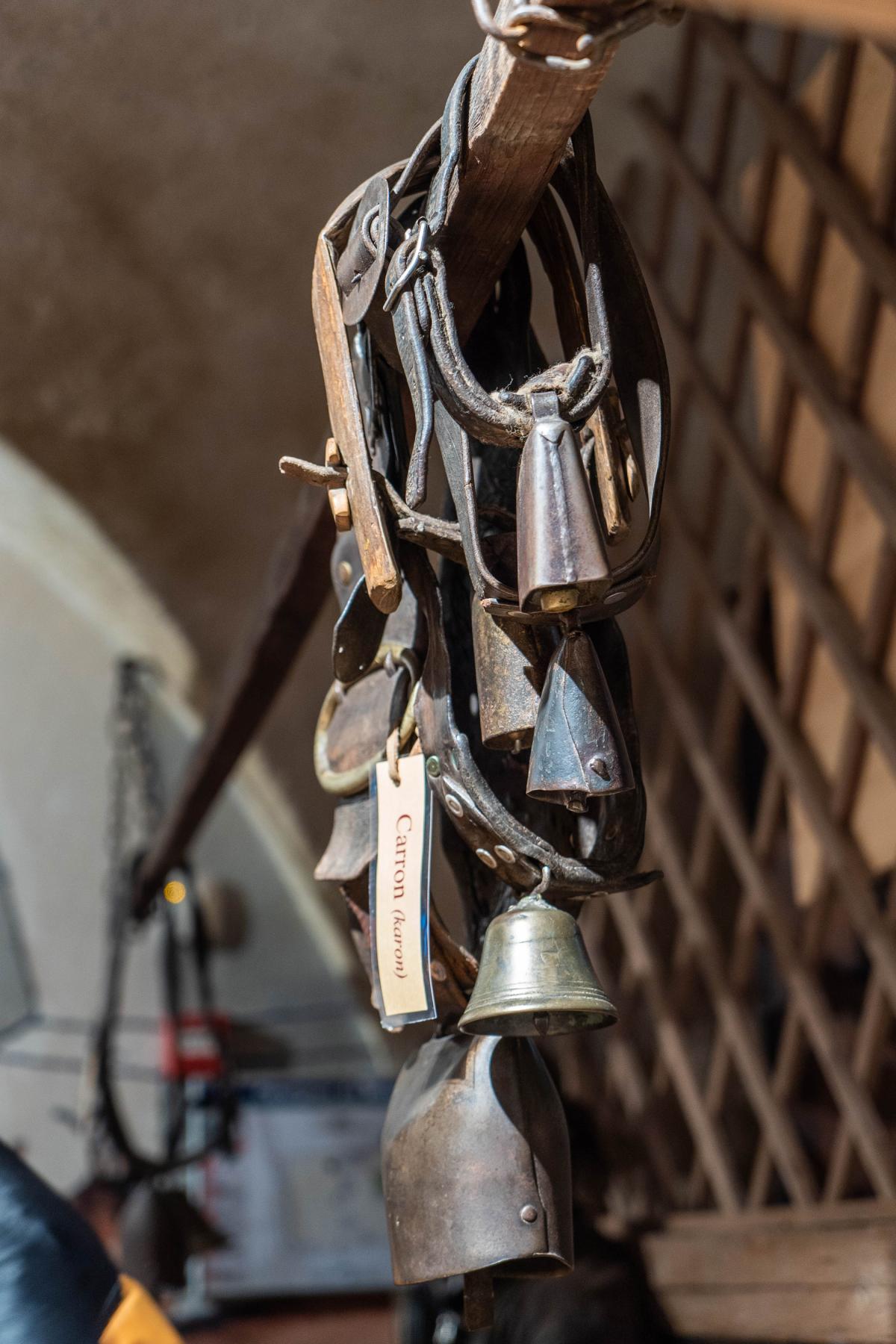 V. Lottenberg
V. Lottenberg
What if you could go back in time? Saint-Martin-de-Belleville museum retraces the history of the area since the mid-19th century through accounts provided by the valley's pioneers. Over four floors, find out about the daily life of the people of Belleville up to the 1950s and the emergence of the first ski resorts. Come and meet Raphël Coppi, a guide and lecturer, who will welcome you to this former farm!
Life in the past in Saint-Martin-de-Belleville
'Seven months of winter...
“The tour starts in the basement, where the winter quarters used to be,”, explains Raphaël Coppi. “Several generations lived together here, alongside the livestock to keep warm.” Just imagine - divided into two parts, the winter quarters accommodated the inhabitants on one side and their animals (a source of natural heat) on the other. Grains, vegetables, meats and cheeses were also stored here in preparation for the winter months. It must be said that at that time, the winters in Savoie meant that living conditions were particularly harsh!
While waiting for the return of spring, the people of Belleville made farming tools, wove wool, and organised evening gatherings. This forced closeness created strong bonds within the families. These were essential for the summer work, which is waiting for us on the ground floor...
...five months of toil!'
Summer here was a busy time and the many tasks to be done did not leave much time for rest. From April onwards, the villagers dug, planted and sowed their next crops. Self-sufficiency was the order of the day, so they had to produce everything they needed for the next winter. In June, it was time for haymaking and the 'emmontagnée' - taking the cattle up to the mountain pastures. “The people gradually moved up to the mountain pastures. They stayed for about two weeks in each 'montagnette' (temporary summer residencies) to give the grass time to grow back and the men time to harvest the hay. ”
It was therefore the women and children who looked after the animals and collected the milk for processing. “It was heated in huge 500-litre cauldrons, like the one in the museum. Butter, cream and, of course, cheeses such as Sérac and Beaufort were made with it.” The museum's collections also include 'verzhètes', which were used to separate curdled milk into pieces the size of a grain of rice. These pieces were then used to make cheese.
Come and experience a year in the valley with a story for children! The sessions take place once a week and are aimed at 3 to 8-year-olds. Price: €5 per child. Further information available from +33 (0)4 79 00 20 00.
The changing face of the valley
150 years of history
We are now on the first floor, which illustrates the major dates in the history of the valley since 1860 and the annexation of Savoy to France. “It was also the era of the Industrial Revolution," says Raphaël Coppi. “Many young people left the valley to work in Moutiers, where the work was better paid, so they could pay taxes and bring back products not produced in the valley. There was quite an exodus and the number of inhabitants in the valley was greatly reduced.” The First World War also disrupted this agropastoral way of life. “The men were called up and left for the front, so it was the women who had to look after the land, sometimes ploughing by hand.”
The displays follow one after another, depicting in turn the Popular Front and paid holidays in 1936, and the Second World War. “The Jerusalem ski slope in Saint-Martin serves as a reminder that the inhabitants hid Jewish children in the mountains to protect them.” The traditional peasant system gradually crumbled, attitudes changed and a new form of industry appeared in the valley: tourism!
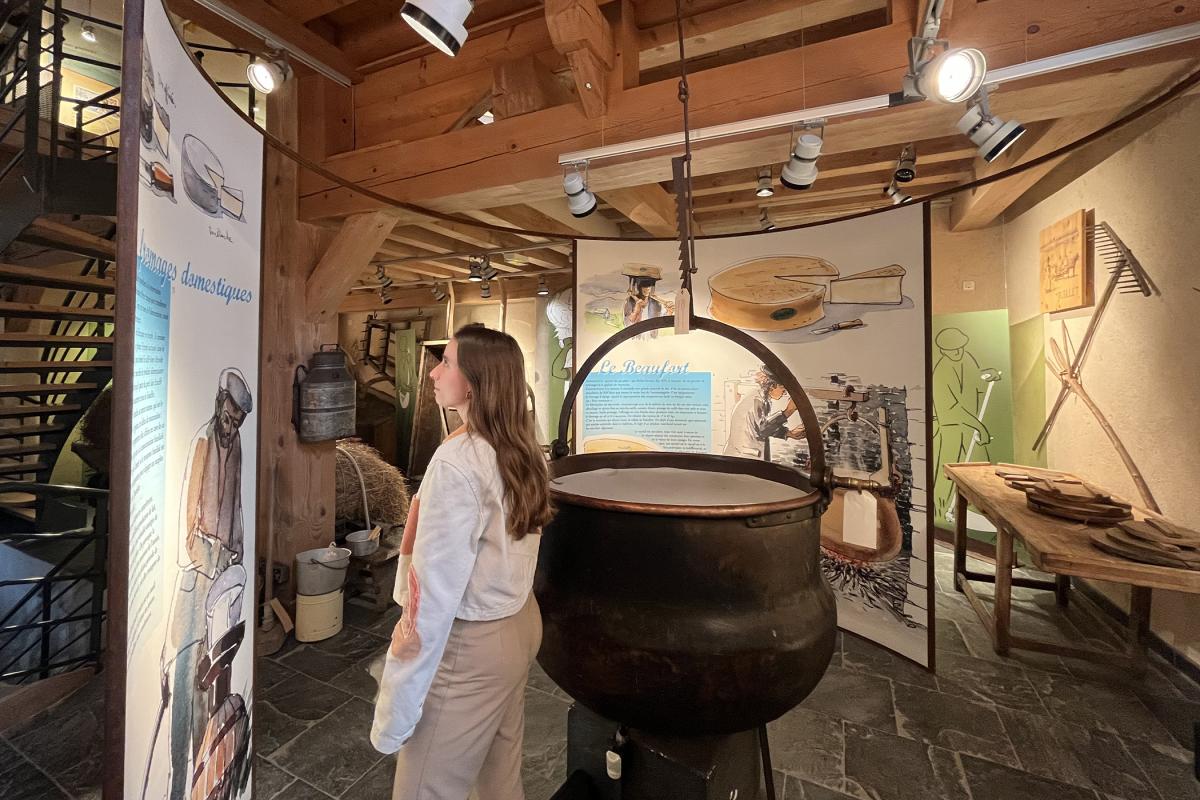 Saint-Martin-de-Belleville
Saint-Martin-de-Belleville
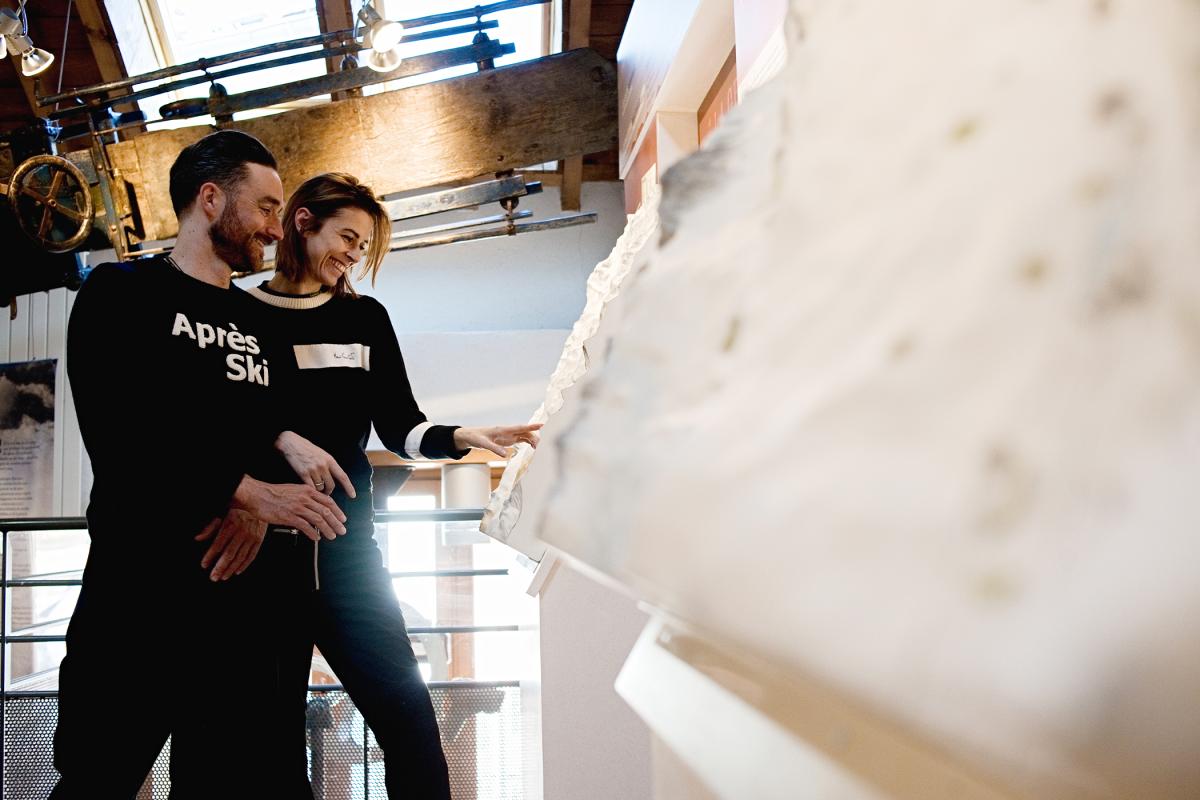 D. André
D. André
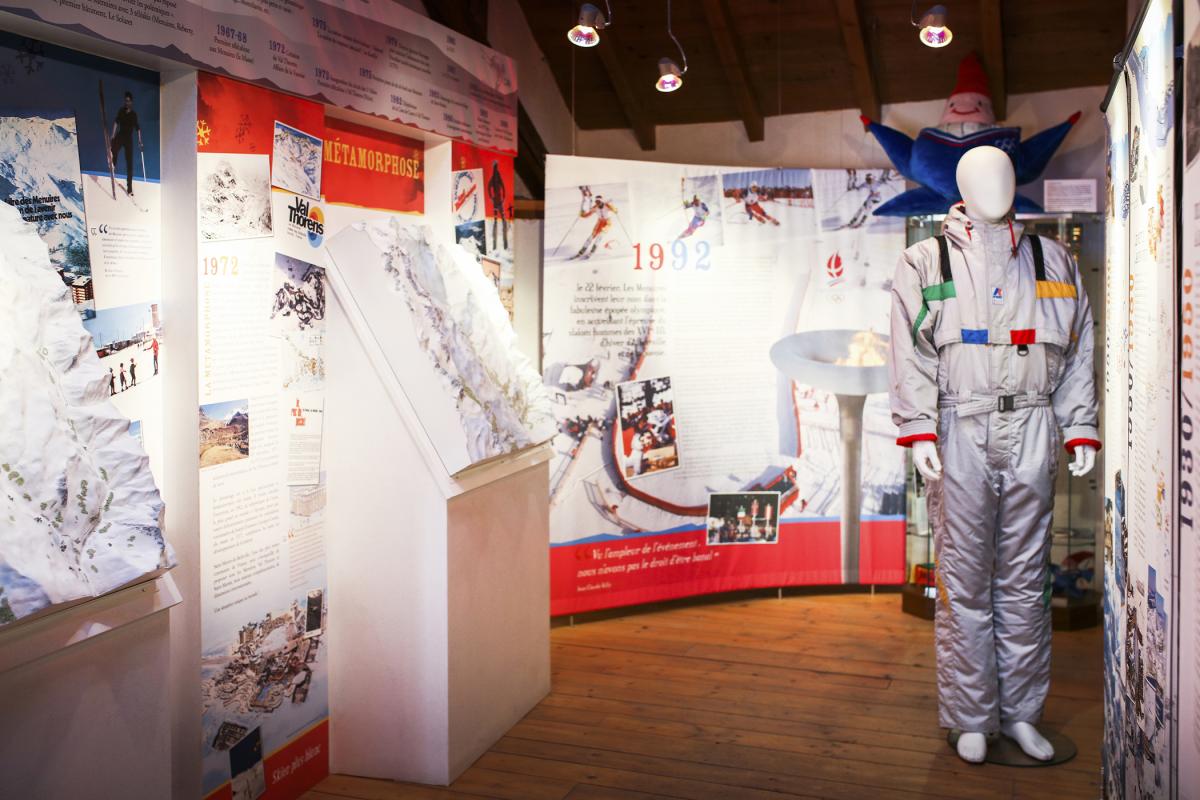 M. Cellard
M. Cellard
The arrival of winter sports resorts
In the 1960s and 1970s, many ski resorts appeared following the 'Plan Neige' (public policy for mountain development). This was the case for Les Ménuires in 1967 and then Val Thorens in 1972-1973. A video, screened on the top floor of the museum, traces the creation of the latter. This new development was not without its difficulties. “It was a culture shock for the families! They wanted to protect their heritage, while investors were buying up the land for a pittance.” Saint-Martin, the final resort in Belleville Valley, was linked to the 3 Vallées ski area in the 1980s. Its picturesque setting makes it a popular holiday destination today. “The people who come here are looking for the peace, character and charm of a traditional village, and this spirit is reflected in the museum” says Raphaël Coppi in conclusion.
The Saint-Martin-de-Belleville museum offers a fun tour interspersed with personal accounts of life in this high-altitude location which has now become a tourist destination. Please come and visit it with your family or friends!
Practical information
- The museum is open every day, except Saturday
- Opening times 9.00 am to midday/2.00 pm to 6.00 pm
Price
- Adult: €5
- Concession (students, jobseekers, etc.): €4
- Free for under 16s.

